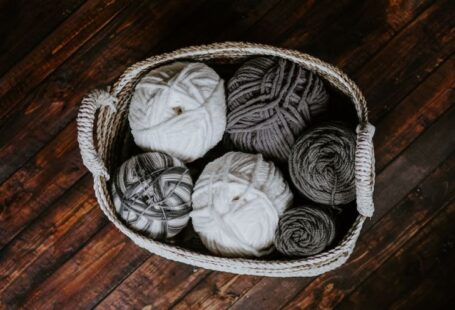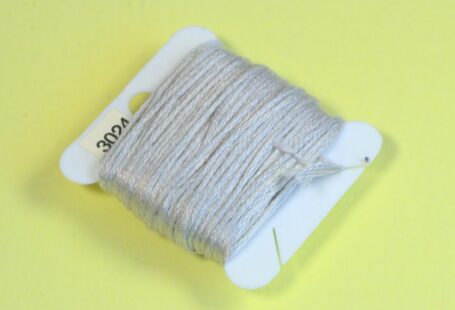If you are an avid knitter or crocheter, you have probably encountered the frustration of tangled yarn. Trying to unravel a mess of yarn can be time-consuming and can even lead to wasted yarn. This is where yarn swifts and ball winders come to the rescue. In this ultimate guide, we will explore everything you need to know about these essential tools for yarn lovers.
What is a Yarn Swift?
A yarn swift is a device used to hold a skein or hank of yarn in place while it is being wound into a ball. It typically consists of an adjustable base and arms that can be extended or collapsed. The swift holds the yarn taut and prevents it from tangling as it is wound.
Types of Yarn Swifts
There are various types of yarn swifts available, each with its own unique features. Here are some popular options:
1. Umbrella Swift: This is the most common type of yarn swift. It resembles an umbrella when fully opened and can be easily folded for storage. It is versatile and can accommodate different sizes of skeins.
2. Amish Swift: The Amish swift is made of wood and has a simple design. It is known for its stability and durability.
3. Tabletop Swift: As the name suggests, this swift is designed to be clamped onto a table or countertop. It is a great option if you have limited space.
What is a Ball Winder?
A ball winder is a tool used to wind yarn into a neat, center-pull ball. It works in conjunction with a yarn swift to ensure smooth and even winding. The ball winder rotates as the yarn is fed into it, creating a tightly wound ball that is easy to work with.
Choosing the Right Ball Winder
When it comes to ball winders, there are a few factors to consider:
1. Size: Ball winders come in different sizes, so it’s important to choose one that can accommodate the amount of yarn you typically work with. Consider the maximum yarn circumference and capacity of the ball winder before making a purchase.
2. Material: Ball winders are generally made of either plastic or metal. Plastic ball winders are lightweight and portable, while metal ball winders are more durable and stable.
Using a Yarn Swift and Ball Winder
Now that you have a yarn swift and ball winder, it’s time to put them to use. Here’s a step-by-step guide to winding yarn:
1. Set up your yarn swift: Adjust the arms of the swift to the desired width and place it on a sturdy surface.
2. Attach your skein or hank of yarn to the swift: Slide the loop of yarn onto the swift, making sure it is secure.
3. Position the ball winder: Place the ball winder in a convenient location next to the swift.
4. Start winding: Begin feeding the yarn from the swift into the ball winder. Turn the crank of the ball winder to rotate it and create a tightly wound ball.
5. Finishing touches: Once all the yarn has been wound, secure the end of the yarn to prevent it from unraveling. Trim any excess yarn if necessary.
Benefits of Using Yarn Swifts and Ball Winders
Using a yarn swift and ball winder offers several advantages:
1. Time-saving: Winding yarn manually can be a tedious task. With a yarn swift and ball winder, you can wind yarn quickly and efficiently.
2. Tangle-free yarn: The swift holds the yarn in place, preventing it from tangling as it is wound into a ball.
3. Neat and organized: Wound yarn balls are easier to store and transport. They also allow you to easily find the end of the yarn when you’re ready to start a new project.
Conclusion: Mastering Yarn Swifts and Ball Winders
Yarn swifts and ball winders are indispensable tools for any yarn enthusiast. Investing in these tools will save you time and frustration, while also ensuring that your yarn remains tangle-free and neatly wound. So go ahead, treat yourself to a yarn swift and ball winder, and enjoy the seamless knitting or crocheting experience they offer. Happy crafting!





